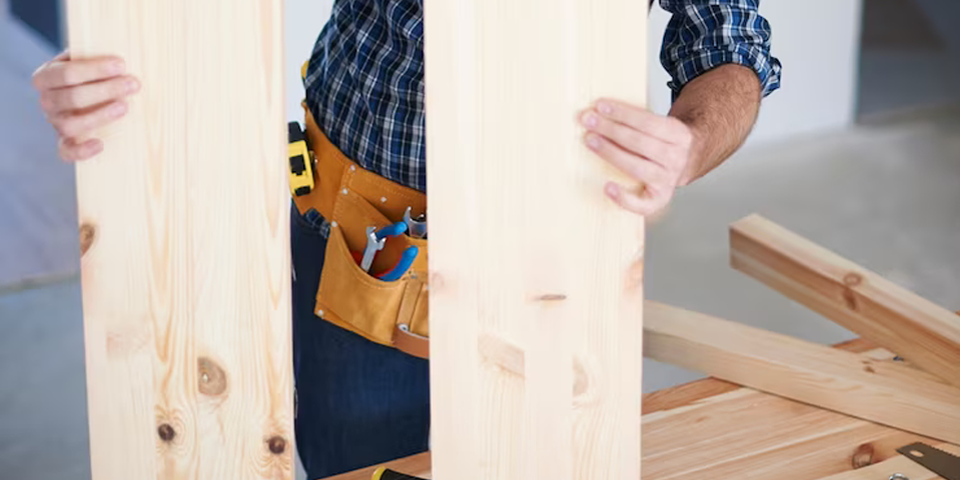
Plywood is an engineered wood product, and it has become the primary choice for many builders and homeowners. It is a versatile material and is strong, durable, and lightweight. It is used for flooring, building walls, doors, furniture, and more, appealing. These structures will even look better if you use a quality veneer. The design of plywood is cross-grained, which makes it strong. Its strength is evenly distributed, and usage of veneers and strong phenolic adhesives further improves its strength and durability. Because plywood is lightweight, it is much more suitable for furniture-making. The cross-layered structure enables it to avoid any splitting across the grain.
Plywood can also fit any curved surface smoothly and efficiently. When using plywood for a project, there will be minimal wastage. Hence it is a cost-effective engineered wood product. Moreover, manufacturing a workable plywood sheet requires lesser wood than solid wood products. Hence plywood is relatively more eco-friendly. It can also resist the temperature fluctuations and changes in humidity that often push natural wood to crack or degrade. When selecting plywood, you should check if it has a good-quality veneer for a nice symmetrical pattern. Ensure that it does not have too many knots or voids at the edges. You can purchase high-quality plywood from plywood companies in Yamunanagar. Here are a few essential things you should know about plywood to make better purchases.
Plywood Grades
The grade refers to the physical appearance of the plywood. There are four plywood grades: A, B, C, and D. The grade indicates the quality and appearance of the plywood’s face and back veneers. A represents the highest quality and is the most expensive, whereas D is the least costly. Plywood backs are graded on a scale from 1 to 4. Hence, A1 plywood will possess prime quality on both sides. However, A4 will have a quality front veneer but will have defects or discoloration on the backside.
Types Of Plywood
Plywood Sizes
The most common plywood sizes are four-by-eight sheets and five-by-five feet sheets. The standard thickness of plywood is ½-inch, but plywood thickness can range from 1/8-inch to ¾-inches. There is often a 1/32-inch discrepancy between stated and actual measurements.
To Conclude:
Hence, before you proceed ahead with buying plywood, you should know what you want in advance. Different projects will require different types, grades, and sizes of plywood. Making the right choice will result in a high-quality end product with a great appearance and good durability.